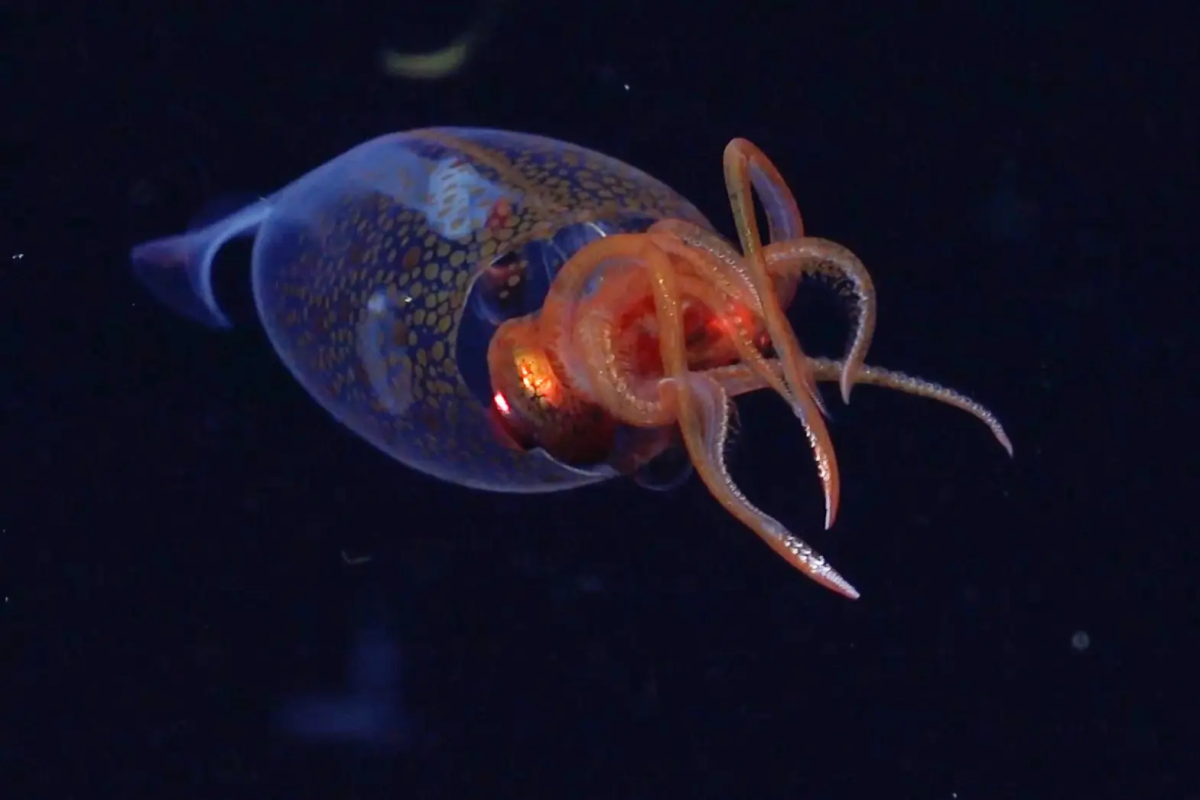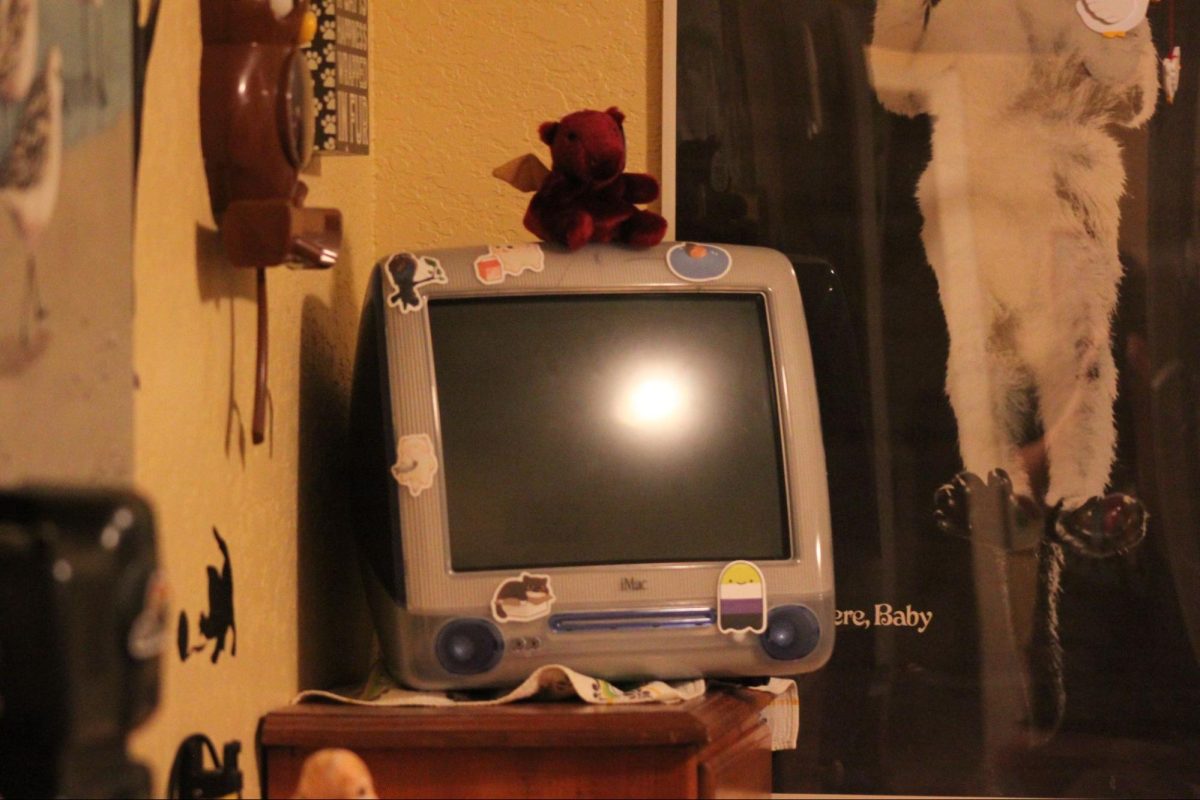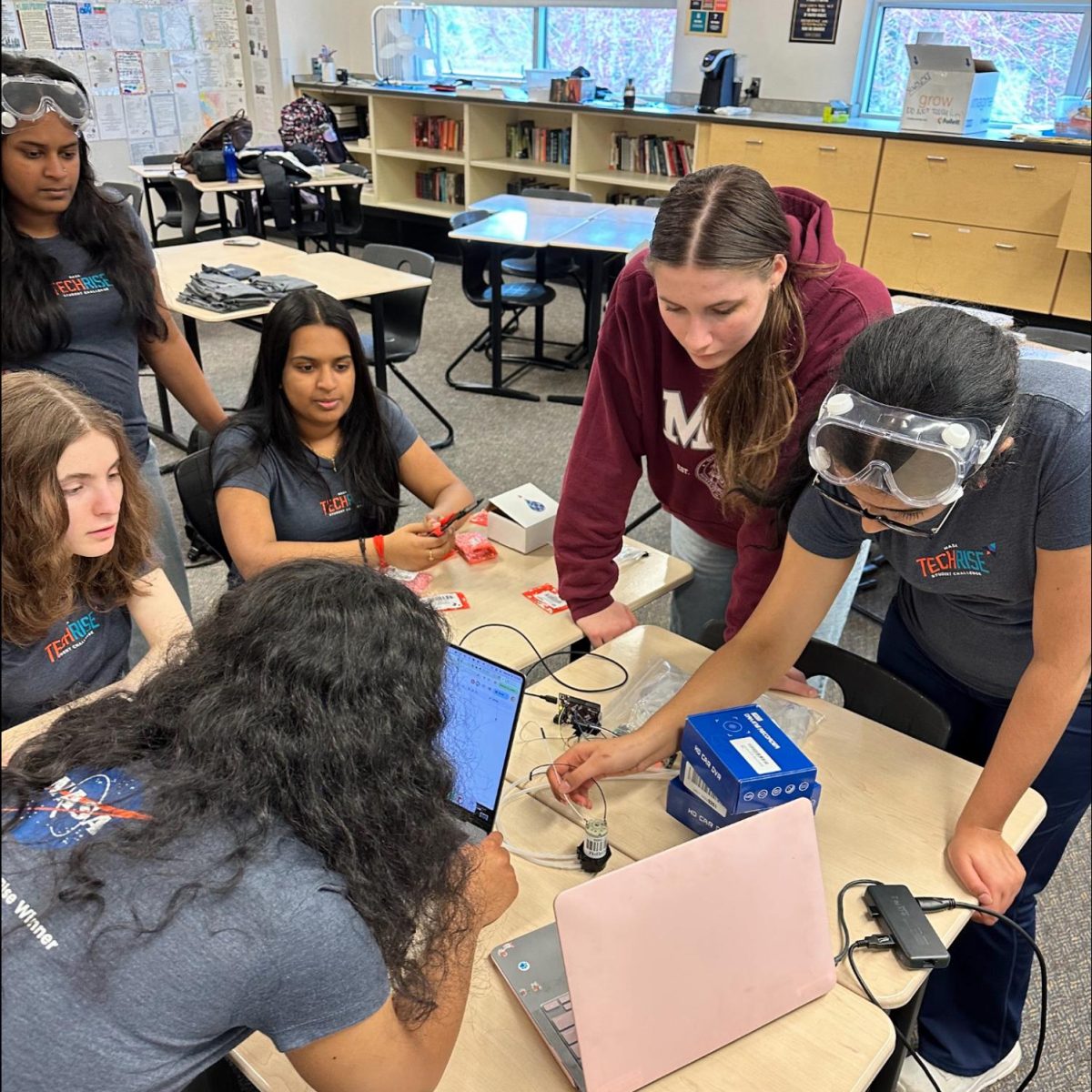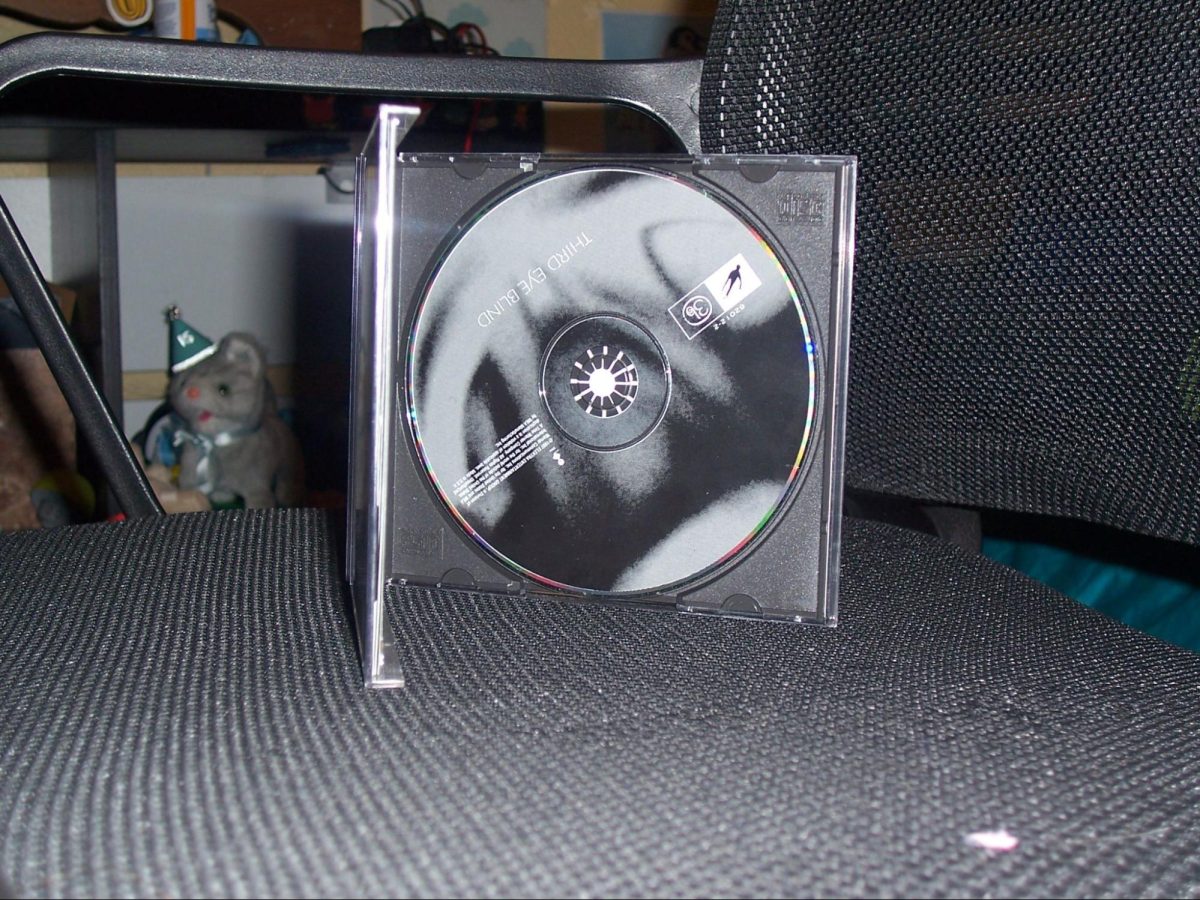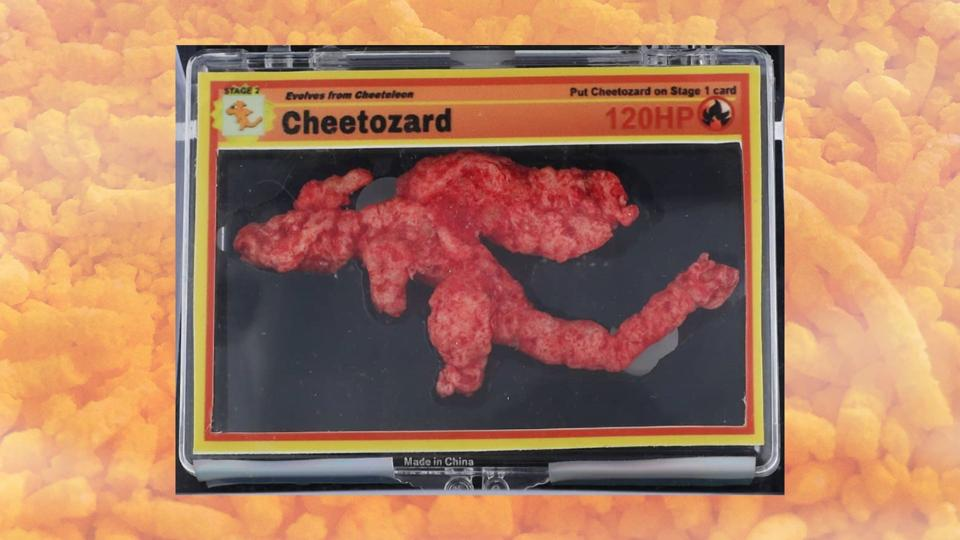This spring, history was made. On a research expedition near the South Sandwich Islands, near Antarctica, scientists managed to capture the elusive colossal squid on video in its natural habitat. This specimen wasn’t only incredibly rare, but also a juvenile; it is neither a baby nor fully grown.
It was identified as a colossal squid because its location was near Antarctica, the only habitat of colossal squids, and the telltale hooks on the middle of each of the squid’s eight arms. It appears transparent, but they observed color-changing cells on its body, so it can likely transform into a solid color if it wishes. However, this ability goes away as it ages, so this context for understanding the life cycle of a colossal squid is instrumental. They are one of the most unique animals on our planet, but are notoriously hard to study. Some scientists theorize that it’s due to their light-sensitive eyes, which means they would avoid the potentially bright or loud scientific equipment scientists use. This footage was captured by a remote-controlled vessel called the SuBastian, which miraculously recorded the first video of four different squid species in their natural habitat.
Society has known about the existence of these creatures for a century, although we have only ever been able to study dead ones. This encounter may pave the way for studying colossal squids in their natural habitat.


